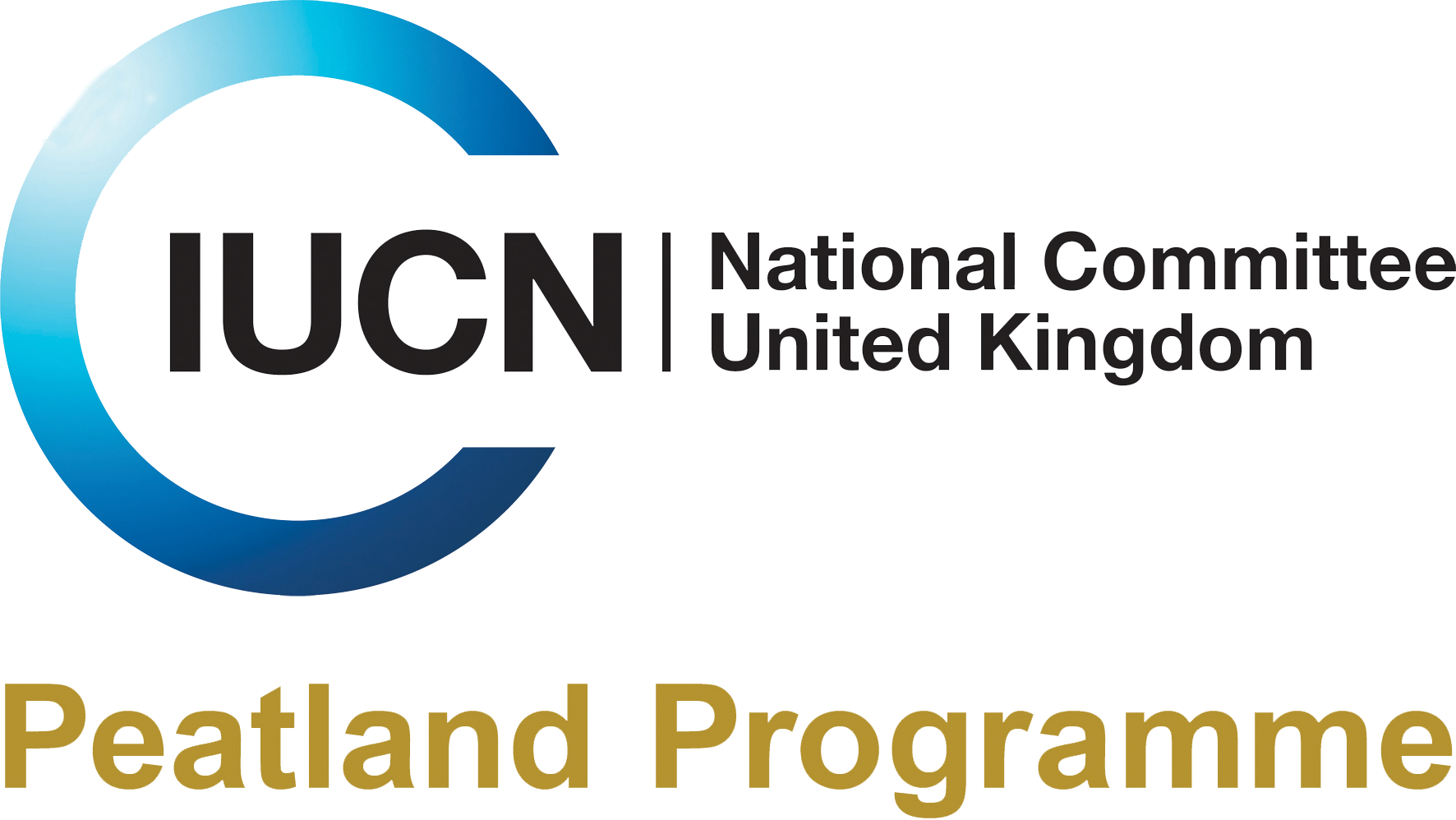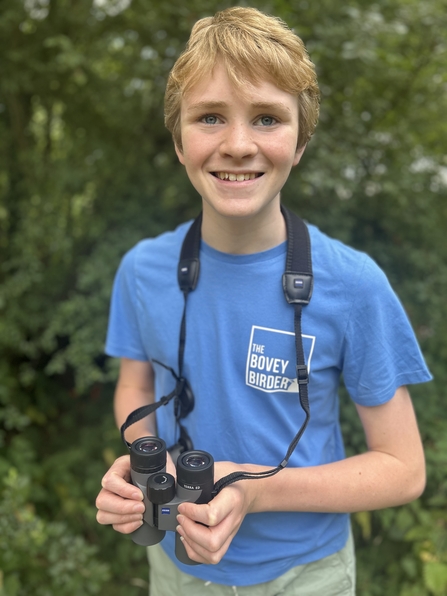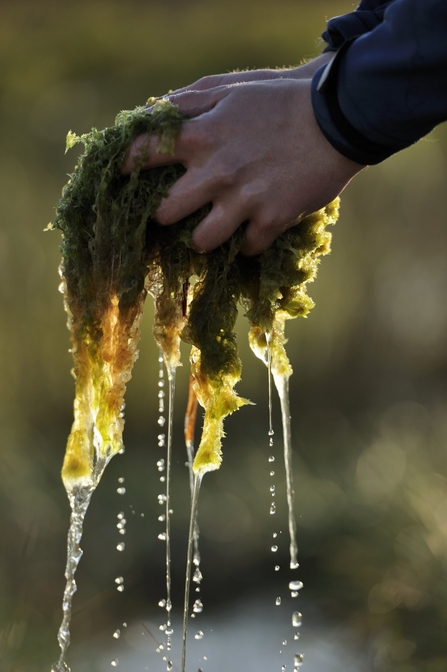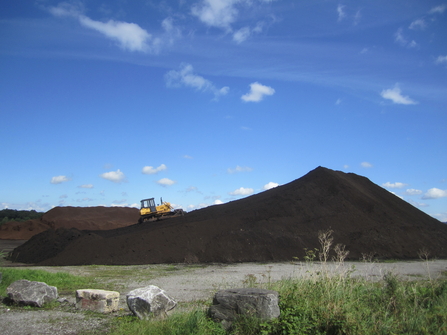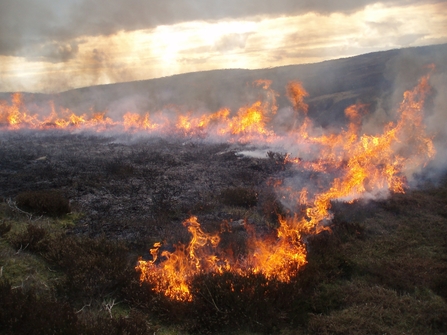Dartmoor National Park’s Peatlands have always been intertwined with the people that live and work in the vicinity, a relationship that has stood the test of time. But recently, the strings joining us to these magical bogs have been somewhat weakened, and lots of people don’t know much about them. I’ve been exploring what brings humans and peat together, and why it’s more important now than ever.
Stepping foot on one of Dartmoor's peatland blanket bogs can be a powerful experience. Looking out over a dramatic, rolling landscape, you take your first step onto the springy sphagnum moss, feeling your foot sink slightly. Bright green tufts dot the ground before you, with the flat, squishy land stretching off into the distance. What many people don't realise is that by walking on a peat bog, you're walking on the past, the present and potentially the key to the future too. People have had a connection to Dartmoor's peat for hundreds of years, and this relationship, like all, has had its ups and downs. But increasingly, it looks like this spongy, rich ground will have a huge part to play in the longevity of those who live alongside it, whether human, plant or animal.
I've had a special connection to Dartmoor National Park for almost my entire life, which began with a love and passion for its avian residents. While I'm still a birder at heart, the Moor has done a great job at broadening my horizons, in that I am now fascinated by the entirety of its ecosystems, from its larger mammalian residents to the tiniest insects. The time I've spent hopping from tussock to tussock, often in that signature Dartmoor drizzle, with my binoculars swinging from my neck, trying not to lose my footing because I'm wearing what is probably inappropriate footwear for a bog, sticks in the memory, and I presume it will for a long time to come.
